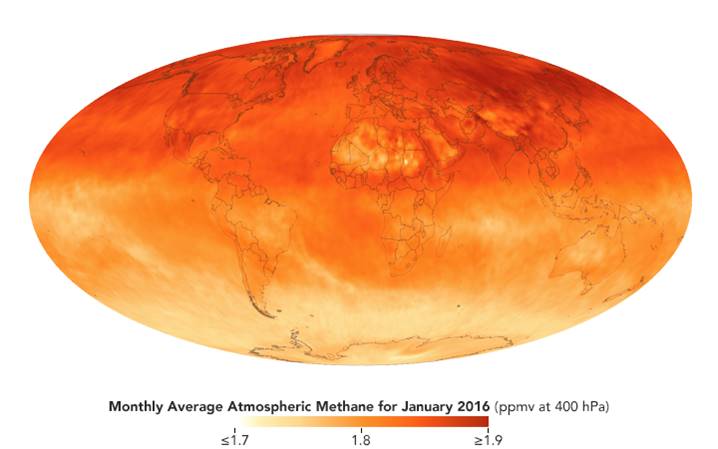Environmental impact
If we think about EAMO, we should bear the possible risk in mind. Can we hurt the planet by doing this?
The world’s climate is out of balance. It is in danger of tipping over, of breaking down. Temperatures have already risen to levels which endanger man and nature.
EAMO is about healing. It is a method to ‘put the brakes on global warming’. The best way to do this is to stop our carbon-driven economy and use carbon-free technology instead. The problem is, however, that it is too late to rely completely on new, carbon-free technology. It will take too long. The arctic ice is melting, water levels are rising, climate is getting out of control. Also bear in mind that changing to renewables does nothing about the GHG already in the atmosphere.
This is what methane removal does. In comparison to CO2 removal methane removal is much easier, more efficient, more natural and much cheaper. It is the ‘lowest hanging fruit’ of all GHG removal techniques. Since it is enhancing an existing process, we can study it at work in our current atmosphere. We need not rely on computer modelling or laboratory tests (we do all that too), but can study the whole process in the atmosphere in real time.
But still: We must be absolutely sure that nothing can go wrong. Environmental Impact Assessments, which are a legal requirement before we can even do a field test, will help us in reaching this certainty. And, even better, we will measure the effects when they happen. It is possible to measure the methane (and other GHG) content of the atmosphere from orbit, using satellites, or locally, using drones.
Rest assured, we are aware of possible risks and 100% committed to sustainable operations.

This will enable us to control EAMO at work and to measure the impact additional ISA will have on the environment. If all goes wrong, we can stop the process at any time. So, we can say now: The risk of EAMO is minimal and can be completely eliminated. The riskiest pathway is to do nothing.
Continue to Cost

